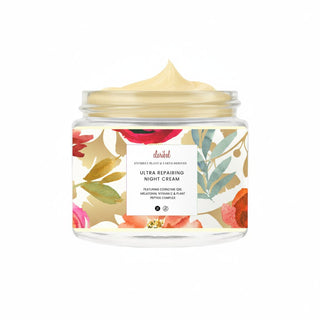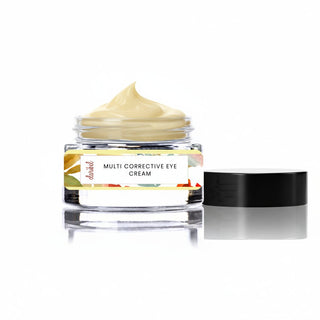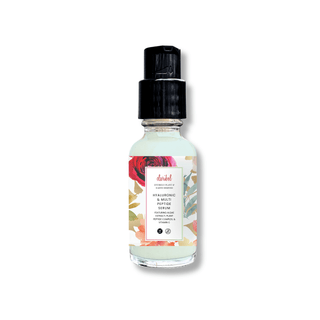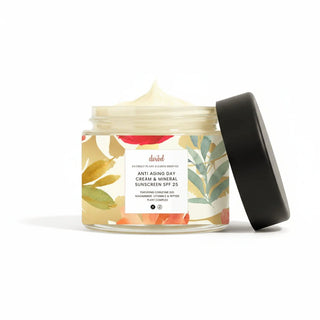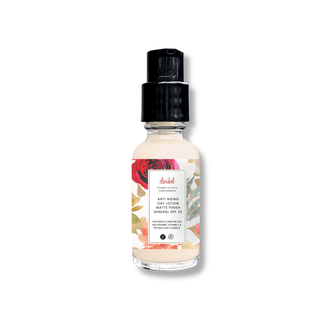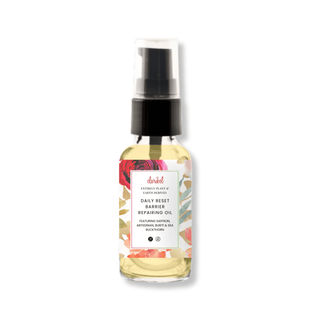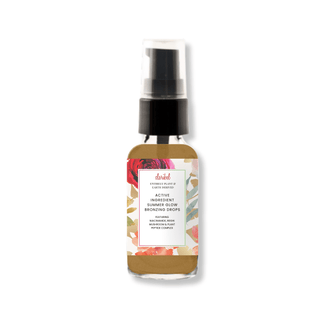Peptides for Skin Care: Reduce Wrinkles, Firm Skin & Fight the Signs of Aging
Peptides in skin care can dramatically improve a variety of skin issues, including the reduction of the signs of aging. Read on to learn more about how they work and where they come from.
What are Peptides?
Peptides are short chains of amino acids that act as building blocks of proteins such as collagen, elastin and keratin. These proteins are the foundations of your skin and are responsible for its texture, strength and resilience. Without peptides, our skin is less intact which can lead to a loss of firmness, the appearance of wrinkles, a change in texture and less ‘bounce’.
When applied topically to the skin, peptides act as little messengers, triggering skin cells to perform specific functions such as building collagen and elastin, encouraging skin to look and act younger.
Where do Peptides Come From?
Peptides can come from natural plant sources like legumes, lentils, soy, oats, and flaxseed.
How do Peptides Work?
Peptides are already present within the body, but we lose 1% of our remaining collagen per year after age 30. Our skin’s natural communication channels also slow down over time.
Your skin sees peptides as ‘signals’ that you need to heal, which tells your body to produce more collagen where you need it most. If you are healing from an injury in your ankle, those peptides will signal your body to focus its repair efforts in that joint. If your skin is aging prematurely, those peptides might signal your skin to boost its production of collagen and even hyaluronic acid, plumping up your skin and restoring a healthy skin barrier. When you introduce peptides onto the skin in the form of a moisturizer or serum, it tricks the skin into thinking there’s been an injury or wound, and it stimulates our collagen-boosting processes.
Products with Peptides
You’re viewing 1-11 of 11 products





